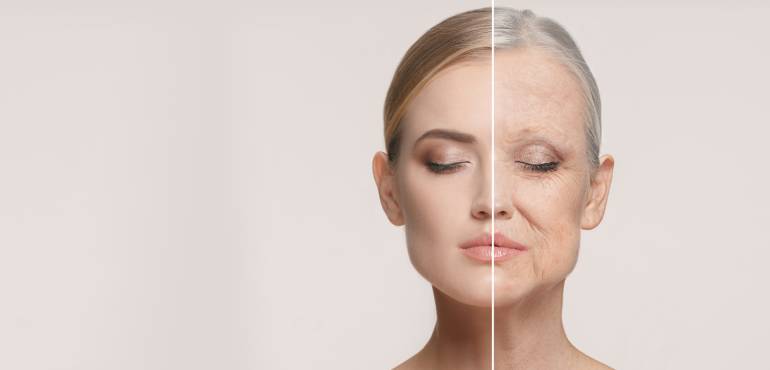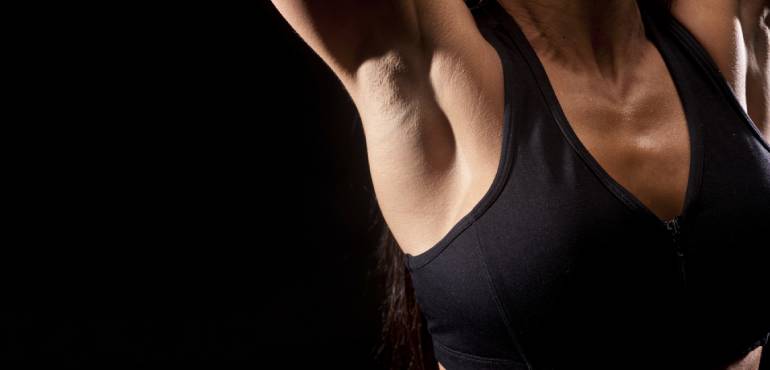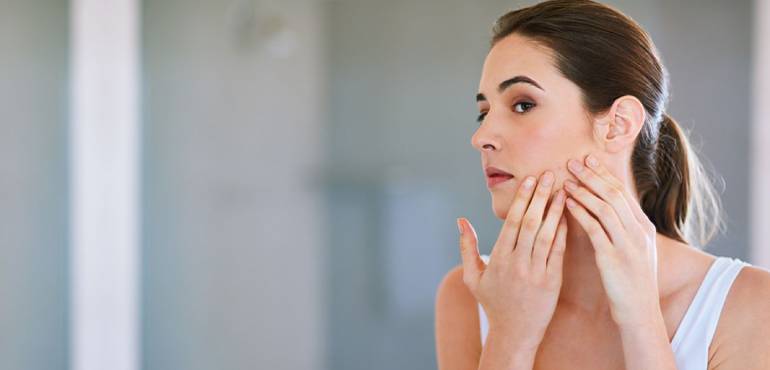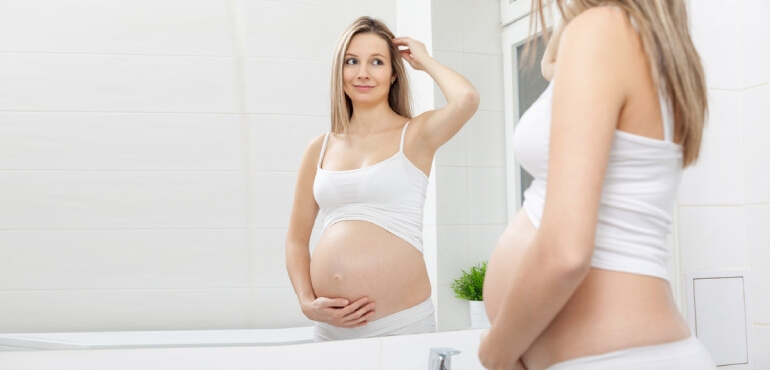Acne and Acne Scars Management
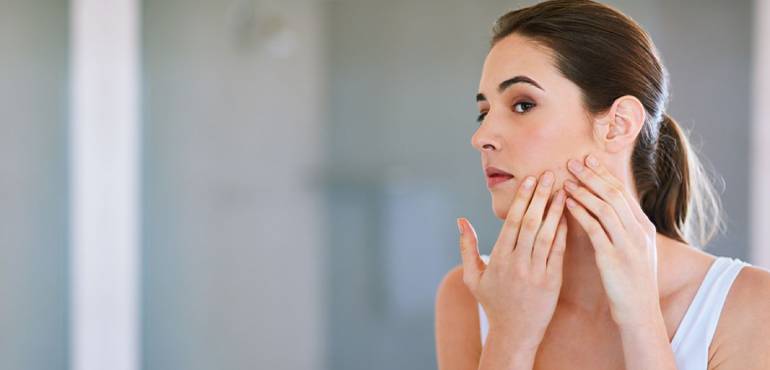
TOPICAL THERAPY
1) RETINOIDS
Retinoids have both comedolytic and anti-inflammatory properties
Available preparations – Tretinoin, Isotretinoin, adapalene, and tazarotene
Anti-acne Actions of Topical Retinoids :
1. Inhibit the formation of and reduce the number of microcomedones (precursor lesions).
2. Reduce mature comedones.
3. Reduce inflammatory lesions.
4. Promote normal desquamation of follicular epithelium.
5. Anti-inflammatory.
6. Likely to enhance penetration of other drugs.
7. Likely to maintain remission of acne by inhibiting microcomedone formation.
2) Benzoyl Peroxide
-
The most common topical medication prescribed; also readily available over-the-counter; available in creams, lotion, gels, washes, and pledgets in strength 2.5% - 10%.
-
A powerful antimicrobial agent through decreasing both the bacterial population and the hydrolysis of triglycerides.
-
Can produce significant dryness and irritation - Allergic contact dermatitis.
-
Of significance, bacteria are unable to develop resistance to benzoyl peroxide, making it the ideal agent for combination therapy.
3) Topical Antibiotics
-
Erythromycin and clindamycin - the most commonly used; also been used in combination with benzoyl peroxide.
-
The development of resistance is less likely in patients who are treated with a combination of benzoyl peroxide/erythromycin or clindamycin
-
MOA – Bacteriostatic to P. acnes; anti-inflammatory by suppressing PMNL
-
Indications – inflammatory lesions of mild to moderate acne
a. Clindamycin – as phosphate and hydrochloride in concentration of 1% as gel, lotion, foam, pledget, or solution; also available in combination with adapalene or BPO.
b. Erythromycin – in 2-3% as gel, solution, pledget or oitment; can cause burning, peeling, dryness and erythema.
c. Nadifloxacin – 1% cream inhibits enzyme DNA gyrase of P.acnes involved in DNA synthesis and replication.
-
Azelaic Acid - available by prescription in cream or gel of 10 – 20%. Transient burning can occur. It is safe in pregnancy.
-
Salicylic acid - it is a common ingredient of over-the-counter products in concentrations 0.5% to 10%; most commonly used as 2% wash and clenaser; lipid soluble ?-hydroxy acid has comedolytic properties; also causes exfoliation of the stratum corneum though decreased cohesion of the keratinocytes
SYSTEMIC THERAPY
1) Antibacterial Agents
Tetracyclines (doxy-, mino-, tetra-, and lymecycline) – preferred choice, on the basis of efficacy, safety and bacterial resistance
Others – macrolides ( azithromycin and erythromycin) and sulfamethoxazole (SMX) + trimethoprim (TMP)
Mechanism of action –
-
Antibacterial – bacteriostatic action on P. acnes by interfering with protein synthesis
-
Anti-inflammatory – by decreasing concentrations of FFAs, inhibiting macrophage action such as PMNL, chemo taxis, production of cytokine (IL-6 and TNF) and inhibiting inflammatory granuloma formation
-
Immunomodulatory actions – modulating host response
-
Indications – in moderate to severe acne and generally well tolerated; takes about 4 – 8 weeks to show clinical improvement
-
The dose can gradually be tapered or the drug can be withdrawn once the inflammatory acne have decreased or stopped appearing while maintaining remission with topical retinoids
-
Minimum duration of therapy – 6 – 8 weeks and maximum of 12 – 16 weeks
2) Oral Retinoids
The use of the oral retinoid, isotretinoin, has revolutionized the management of treatment-resistant acne
-
Targets all pathophysiologic factors in acne with direct action on reduction of sebum secretion by reducing the size (up to 90%), by normalizing follicular keratinization, by anti-inflammatory action and indirect action by decreasing P. acnes population by changing the follicular milieu
-
It also blocks skin androgen receptors in acne patients
Indications of Isotretinoin
-
Severe nodulocystic acne lesions
-
Severe acne variants like Gram – negative folliculitis, acne fulminans, and pyoderma faciale
-
Failure of conventional therapy
-
Moderate to severe acne relapsing frequently
-
Acne with severe psychological distress
-
Inflammatory acne with scarring
-
Approved dose – 0.5 – 2.0 mg/kg/day and drug is given over a 20 week course until a cumulative dose of 120 – 150 mg/kg body weight is achieved; therapeutic effects may take 1 -3 months to be visible.
3) Hormonal Therapy
-
The goal of hormonal therapy is to counteract the effects of androgens on the sebaceous gland.
-
This can be accomplished with the antiandrogens, or agents designed to decrease the endogenous production of androgens by the ovary or adrenal gland, including oral contraceptives, glucocorticoids, or gonadotropin-releasing hormone (GnRH) agonists.
Indications for Hormonal Therapy :
-
Patients with signs of peripheral hyperandrogenism like SAHA syndrome.
-
Patients with late onset acne (acne tarda) or persistent acne.
-
Patients with proven ovarian or adrenal hyperandrogenism.
-
Sometimes as an alternate to repeated courses of isotretinoin.
-
Acne resistant to conventional therapies.
-
Perimenstrual flares.
-
Prominence of xacne on lower face and neck.
Oral Contraceptives
-
3 OCP – currently FDA approved for the treatment of acne: (1) Ortho Tri-Cyclen, (2) Estrostep, and (3) Yaz.
-
In an effort to reduce the estrogenic side effects of oral contraceptives, preparations with lower doses of estrogen (20 ?g) - for the treatment of acne.
-
Physical Modalities
-
Comedo Removal – useful for removing comedones resistant to other therapies and helps to improve the patient’s appearance .
-
Chemical Peeling –with 10-70% glycolic acid, Jessner’s solution and 10-30% salicylic acid; repeated peeling for acne scars and cystic lesions.
-
Cryotherapy - Used for acne and scars – cause erythema and desquamation of the skin.
Solid carbon dioxide is mixed with acetone to form a slush, which is brushed lightly over the skin.
Liquid nitrogen and cryo-spray can also be used.
For nodulocystic acne – refrigerant is directly applied on the skin.
-
Phototherapy
-
Ultraviolet (UV) light - beneficial in the treatment of acne; The sunlight has a biologic effect on the pilosebaceous unit and P. acnes.
UVB can also kill P. acnes in vitro; UV radiation has antiinflammatory effects by inhibiting cytokine action.
Twice-weekly phototherapy sessions are needed for any clinical improvement.
-
Red light - penetrates deeper into the dermis; has greater anti-inflammatory properties à the combination of blue and red light may prove the most beneficial.
Treatments - be given twice weekly for 15-minute sessions for the face alone, and 45 minutes for the face, chest, and back.
-
Photodynamic Therapy - The topical application of aminolevulinic acid (ALA) 1 hour prior to exposure to a low-power light source (include the pulsed dye laser, intense pulsed light, or a broadband red light source)
-
LASERS
-
The pulsed KTP laser (532 nm) - a 35.9?crease in acne lesions when used twice weekly for 2 weeks; lower sebum production even at 1 month
-
The pulsed dye laser (585 nm) - used at lower fluences to treat acne. Instead of ablating blood vessels and causing purpura, a lower fluence can stimulate procollagen production by heating dermal perivascular tissue. The beneficial effects of a single treatment can last 12 weeks.
-
Some of the nonablative infrared lasers, such as the 1,450 nm and 1,320 nm laser - helpful in improving acne; work by causing thermal damage to the sebaceous glands; 1,320 nm Nd:Yag and the 1,540 erbium glass lasers - improve acne.
ACNE SURGERY
-Removal of closed comedones – requires prior opening of their orifice with a small bore needle
-Cysts – require incision
-Atrophic acne scars - surgical management
-
Punch excision – up to subcutaneous level is mainly used for ice pick scars.
-
Elliptical excision is used for scar which require a punch larger than 3.5mm.
-
Skin grafting – in case of sinus tract or de-roofing a wide-based lesion.
-
Punch elevation – treatment of choice for depressed boxcar scar.
-
Subcision – treatment of choice for rolling or depressed scars. It works by breaking the fibrous strands that bind the papillary dermis to the deeper tissues, creating a controlled trauma leading to wound healing.
-
Chemical peels – superficial, medium and deep peels.
-
Microdermabrasion – mostly used for superficial scars. Can be performed with either aluminum oxide crystals or diamond tipped abrasive devices.
-
Percutaneous Collagen induction by microneedling – stimulates neocollagenesis and angiogenesis
-
Dermabrasion – works best for superficial scars; postoperative hypo- or hyperpigmentation may occur.
-
Combination therapy – using subcision, microneedling, & 15% TCA peel performed alternately at 2 week interval.
-
Tissue augmentation – Xenografts, autografts and homografts can be used. Injections of highly purified bovine dermal collagen have been used to correct defects caused by scars; Recollagenation.
-
Lasers and light therapy
- Ablative lasers – Ablative CO2 laser; Erbium: yttrium laser.
- Nonablative lasers – 532nm KTP, 1064nm Nd: Yag laser.
